What are guidelines on writing creative story on the lesson Thanh âm của gió for grade 5 students in Vietnam? What are three objectives for teaching Vietnamese Language for grade 5 students in Vietnam?
What are guidelines on writing creative story on the lesson Thanh âm của gió for grade 5 students in Vietnam?
Thanh âm của gió (According to Van Thanh Le) is the first lesson for grade 5 students.
In the subsequent lessons after studying The Thanh âm của gió, the students will practice creative storytelling based on this text. Therefore, you can refer to some examples of creative storytelling below:
|
Writing creative story on the lesson Thanh âm của gió for grade 5 students Story 1: A surprising afternoon Chiều nào chúng tớ cũng cùng nhau ra đồng chăn trâu. Cánh đồng trải rộng mênh mông, gió thổi lồng lộng, mang theo tiếng suối róc rách và hương cỏ dại thơm ngát. Bên bờ suối nhỏ, chúng tớ thường chơi trò ném đá, tìm những viên sỏi đẹp. Một buổi chiều, Bống bỗng reo lên: "Các bạn ơi, các bạn thử bịt tai lại và nghe xem gió nói gì nhé!" Chúng tớ tò mò làm theo. Lúc đầu, chẳng nghe thấy gì ngoài tiếng gió rì rào. Nhưng rồi, khi tập trung lắng nghe, tớ như nghe thấy gió đang thì thầm những câu chuyện kỳ diệu. Văn bảo cậu ấy nghe thấy gió đang nói "u...u...u...", như tiếng một chú mèo con đang kêu meo meo. Còn Điệp thì khẳng định gió đang cười khúc khích "ha...ha...ha...". Tớ thì lại nghe thấy gió kể về một khu rừng cổ tích, nơi có những cây cổ thụ cao lớn và những chú sóc tinh nghịch. Càng nghe, tớ càng cảm thấy thích thú. Gió như một người bạn tâm tình, luôn sẵn sàng lắng nghe và chia sẻ những bí mật nhỏ. Tối đó, về nhà, tớ kể lại cho bố mẹ nghe về trò chơi thú vị của chúng tớ. Bố cười và bảo: "Các con thật sáng tạo! Gió mang đến cho chúng ta rất nhiều điều bất ngờ đấy". Bố còn kể cho tớ nghe về những câu chuyện cổ tích mà ông đã từng nghe từ hồi nhỏ, trong đó có cả những câu chuyện về gió. Từ đó, mỗi khi nghe thấy tiếng gió, tớ lại nhớ đến buổi chiều đầy bất ngờ ấy. Gió không chỉ là một hiện tượng tự nhiên mà còn là một người bạn đồng hành, mang đến cho chúng tớ những niềm vui và những khám phá thú vị. Story 2: The secrets of the wind Mỗi buổi chiều, khi ánh nắng tà dần buông xuống, bọn trẻ con trong làng lại tụ tập bên bờ sông. Chúng thích ngồi đó, nhắm mắt lại và lắng nghe tiếng gió rì rào. Có bạn bảo nghe thấy tiếng gió kể về một khu rừng cổ tích, nơi có những cây cổ thụ cao lớn và những chú sóc tinh nghịch. Bạn khác lại nói nghe thấy tiếng gió than thở vì phải đi lang thang khắp nơi mà không có bạn. Một hôm, khi đang ngồi bên bờ sông, Tí bỗng nảy ra một ý tưởng hay: "Các bạn ơi, mình cùng nhau làm một chiếc cối xay gió thật lớn để nghe rõ hơn những gì gió muốn nói nhé!" Cả bọn hồ hởi làm theo ý tưởng của Tí. Chúng tìm kiếm những thanh tre, những tấm vải cũ và cùng nhau xây dựng chiếc cối xay gió thật độc đáo. Khi chiếc cối xay gió hoàn thành, chúng cùng nhau chạy ra đồng, đặt chiếc cối xay gió lên một ngọn đồi cao. Gió thổi mạnh, làm cánh quạt của cối xay gió quay vun vút. Bỗng nhiên, từ trong chiếc cối xay gió phát ra một giọng nói trầm ấm: "Các em chào à? Ta là thần gió đấy!" Cả bọn ngạc nhiên há hốc mồm. Thần gió mỉm cười: "Các em đã nghe thấy tiếng ta rồi chứ? Ta rất vui khi được làm bạn với các em. Ta đã đi khắp nơi trên thế giới, chứng kiến biết bao điều kỳ diệu. Ta đã thấy những bông hoa nở rộ dưới ánh mặt trời, những con sóng vỗ bờ, những vì sao lấp lánh trên bầu trời...". Thần gió kể cho bọn trẻ nghe rất nhiều câu chuyện thú vị. Thần kể về những con rồng ẩn mình trong những đám mây, về những nàng tiên sống trong những bông hoa, và về những kho báu bị chôn vùi dưới lòng đất. Nghe thần gió kể chuyện, bọn trẻ cảm thấy mình như đang được khám phá một thế giới hoàn toàn mới. Chúng ước gì mình có thể cùng thần gió bay khắp nơi trên thế giới. Từ đó, bọn trẻ thường xuyên đến thăm chiếc cối xay gió và trò chuyện với thần gió. Chúng học được rất nhiều điều bổ ích từ thần gió, và tình bạn giữa chúng và thần gió ngày càng trở nên khăng khít. Story 3: The journey with the wind Mỗi buổi chiều, khi hoàng hôn buông xuống, Tí thường ra ngồi dưới gốc cây bàng già trong vườn nhà. Cậu bé thích nghe tiếng gió rì rào qua những tán lá, cảm nhận hơi mát của gió luồn qua từng ngọn cỏ. Một ngày, khi đang ngồi mơ màng, Tí bỗng nghe thấy một tiếng thì thầm rất nhỏ: "Bé trai, bé trai, muốn cùng ta đi khám phá thế giới không?" Tí giật mình ngó quanh nhưng không thấy ai. Cậu nghĩ chắc mình nghe nhầm. Nhưng rồi, tiếng thì thầm lại vang lên: "Ta là gió đấy! Muốn cùng ta đi khám phá thế giới không?" Tí không khỏi ngạc nhiên và thích thú. Cậu gật đầu lia lịa. Ngay lập tức, một cơn gió mạnh thổi tới, cuốn lấy Tí bay lên cao. Cùng với gió, Tí bay qua những cánh đồng lúa chín vàng, những rừng cây xanh ngát, những dòng sông hiền hòa. Gió kể cho Tí nghe về những câu chuyện kỳ thú của thiên nhiên. Gió kể về những chú chim di cư bay xa xôi, về những loài hoa nở rộ vào mùa xuân, và về những con sóng vỗ bờ cát trắng. Tí còn được gió đưa đến những vùng đất xa xôi. Cậu đã đến thăm kim tự tháp ở Ai Cập, tường thành vĩ đại ở Trung Quốc, và những thành phố hiện đại ở châu Âu. Cuộc hành trình của Tí kéo dài suốt một đêm. Sáng hôm sau, khi mặt trời ló dạng, gió nhẹ nhàng đặt Tí trở lại gốc cây bàng. Tí cảm thấy mình như đã trải qua một giấc mơ kỳ diệu. Từ đó, mỗi khi nghe thấy tiếng gió, Tí lại nhớ đến cuộc hành trình đáng nhớ của mình. Cậu biết rằng, gió không chỉ là một hiện tượng tự nhiên mà còn là một người bạn đồng hành tuyệt vời, luôn sẵn sàng đưa cậu đến những vùng đất mới và khám phá những điều kỳ diệu của thế giới. |
*Note: The information about creative storytelling is for reference only./.
What are the basic stages in teaching Vietnamese for grade 5 students?
Pursuant to Section I of the Appendix on the Literature Education Program issued with Circular 32/2018/TT-BGDDT, the teaching of literature in grade 5 has the following characteristics:
Literature is a subject within the field of language and literature education, taught from grade 1 to grade 12. In primary education, this subject is called Vietnamese; in lower secondary and upper secondary education, it is called Literature.
Literature has both instrumental and aesthetic - humanistic values; it helps students acquire communication tools and forms the basis for learning all other subjects and educational activities in school. It is also an essential tool for educating students about beautiful values in culture, literature, and national language, developing healthy emotions, humanistic feelings, and altruistic lifestyles.
Through verbal texts and vivid artistic images in literary works, via activities of reading, writing, speaking, and listening, literature plays a significant role in helping students form and develop good qualities as well as core competencies to live and work effectively and learn lifelong.
The content of the literature subject is comprehensive, encompassing cultural knowledge, ethics, philosophy, etc., related to many other subjects and educational activities such as History, Geography, Arts, Civic Education, Foreign Languages, Natural Sciences, Social Sciences, Experiential Activities, Career Orientation activities, etc. It closely relates to life, helping students to care more about daily life, relate to and solve arising issues in practice.
The core content of the subject includes fundamental and essential knowledge and skills in Vietnamese and literature, meeting the requirements for qualities and competencies of students at each educational level; divided into two phases: the basic education phase and the career-oriented education phase.
Basic education phase: The program is designed according to main strands corresponding to the skills of reading, writing, speaking, and listening. Knowledge of Vietnamese and literature is integrated during the teaching of reading, writing, speaking, and listening. The selected texts are arranged in accordance with the students' reception abilities at each educational level.
The objective of this phase is to help students use Vietnamese fluently to communicate effectively in life and study well in other subjects and educational activities; to form and develop literary competencies, an expression of aesthetic competencies; simultaneously fostering thoughts, feelings for students to develop their soul and personality.
Career-oriented education phase: The program consolidates and develops results from the basic education phase, enhancing students' language and literature competencies, especially reception of literary texts; strengthening skills in creating argumentative texts, informational texts with more complex content and writing techniques; providing some knowledge of literary history, literary theory useful for reading and writing about literature; continually fostering thoughts, feelings, soul, and personality for students to become responsible citizens.
Moreover, each year, students with orientations in social sciences and humanities can choose to study specific learning modules.
These modules aim to increase knowledge of literature and language, applying knowledge in practice, meeting students' interests, needs, and career orientations.
Thus, in primary education, this subject is called Vietnamese; in lower and upper secondary education, it is called Literature.
Therefore, this is a basic phase when teaching Vietnamese for the grade 5, so the program is designed according to main strands corresponding to the skills of reading, writing, speaking, and listening.
Vietnamese and literature knowledge are integrated during the teaching of reading, writing, speaking, and listening activities. The texts are selected and arranged in accordance with the students' reception abilities at each grade level.
What are the 3 key objectives when teaching Vietnamese for grade 5 students?
According to subsection 2, Section III of the Appendix on the Literature Education Program issued with Circular 32/2018/TT-BGDDT, the goals for teaching Vietnamese to grade 5 students are as follows:
Objective 1: Help students form and develop core qualities with specific expressions: love for nature, family, and homeland; a sense of origin; appreciation for beauty and goodness, and maintaining healthy emotions; interest in learning, love for labor; honesty, and straightforwardness in studying and life; a sense of responsibility towards oneself, family, society, and the surrounding environment.
Objective 2: Help students initially form general competencies, developing language skills in all skills of reading, writing, speaking, and listening at a basic level: reading correctly and fluently; understanding the content and main information of the text; relating and comparing outside the text; writing accurately in terms of spelling and grammar; writing short sentences, paragraphs, and compositions (mainly narrative and descriptive essays); expressing themselves clearly; understanding the speaker's opinions.
Objective 3: Develop literary competencies with requirements to distinguish between poetry and stories, knowing how to read poetry and stories; recognizing the beauty of artistic language; having imagination, understanding, and being moved by the beauty and goodness of people and the surrounding world expressed in literary texts.
>>> DOWNLOAD Literature Education Program issued with Circular 32/2018/TT-BGDDT.
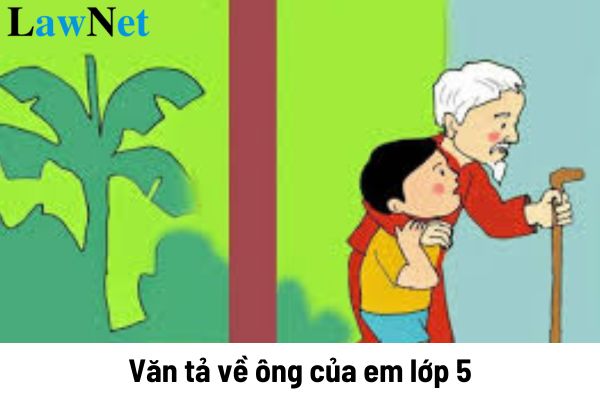
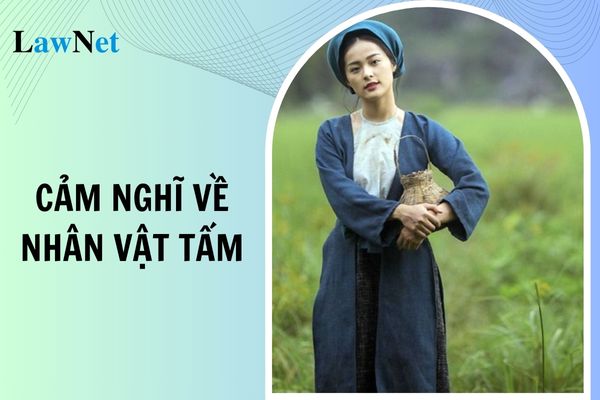

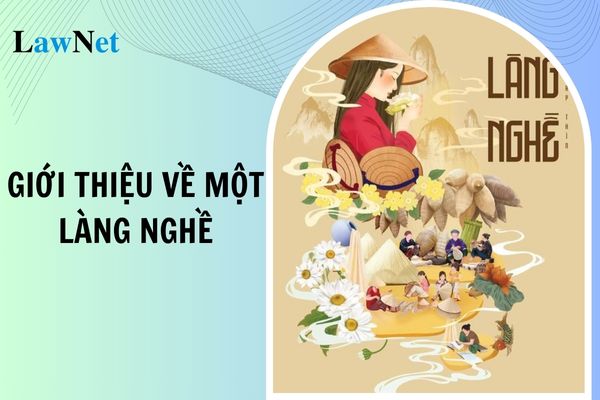
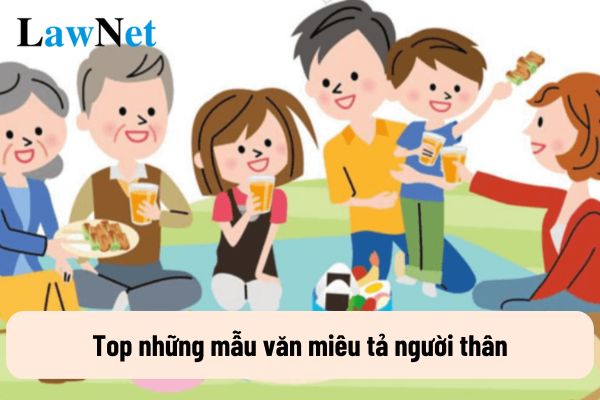
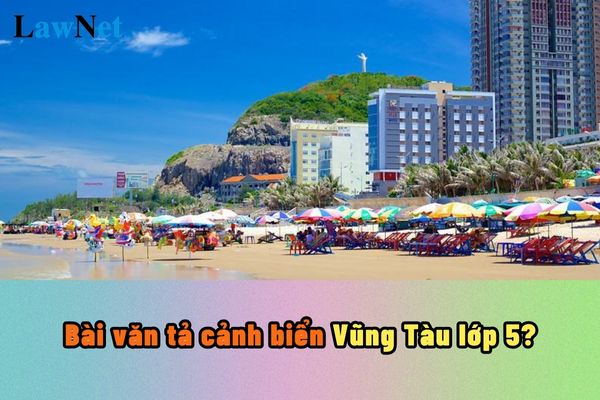



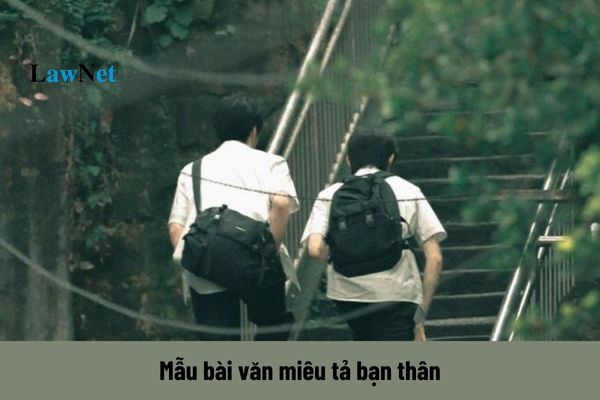
- Vietnam: What is the sample outline of an essay on the analysis of expressions of national spirit in the Poem "Việt Bắc" for 12th-grade students? What patriotic qualities are required for 12th-grade students?
- Vietnam: What are your thoughts on the Poem "Tiếng ru" by To Huu? How many lessons are there in the 12th-grade Literature curriculum per year?
- What are the sample essays describing your grandfather for 5th-grade students in Vietnam? What are the assessment criteria for 5th-grade students in 2024?
- Vietnam: What are the sample social argumentative essays on social media etiquette for 10th-grade students? What Vietnamese knowledge do 10th-grade students learn?
- Vietnam: Why is the French Bourgeois Revolution considered the most thorough one? What learning outcomes are required for 11th-grade students after studying the bourgeois revolution?
- Vietnam: What is the atmosphere? What is the grade at which students are required to master the knowledge of the atmosphere in the History and Geography curriculum?
- Vietnam: Why does the phenomenon of day and night alternation occur on Earth? What is the grade at which students learn about the phenomenon of day and night alternation on Earth?
- What is the newest report template on distance education at the higher education level in Vietnam?
- Vietnam: What are the shortest sample expositions on Ba Den Mountain for 9th-grade students? What learning outcomes are required for the writing process in the 9th-grade Literature curriculum?
- In Vietnam, what does local time mean? What is the grade at which local time is taught in the History and Geography curriculum?

